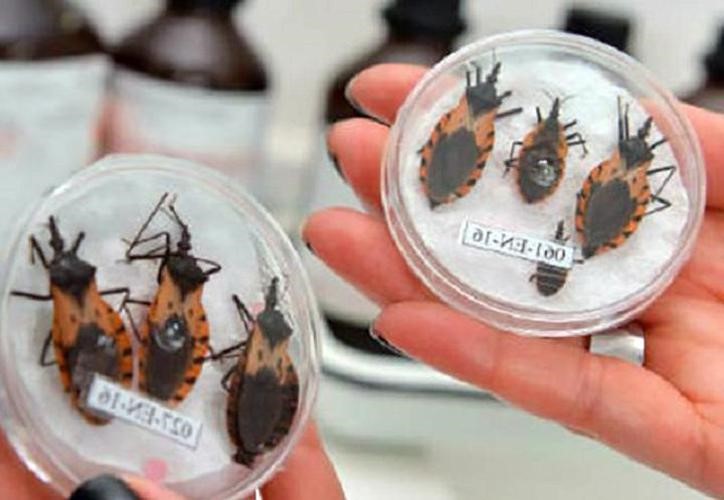Scientists from the Autonomous University of Mexico (UNAM) are implementing an experimental Artificial Intelligence (AI) model to identify Chagas disease through the detection of histopathological images. The objective is to determine if the disease state is acute or chronic.
Blanca Hilda Vázquez Gómez, academic at the Institute for Research in Applied Mathematics and Systems (IIMAS) of UNAM, Yucatán Unit, pointed out that the acute phase of the disease is difficult to detect since patients do not present symptoms. If left untreated, the disease progresses to a chronic phase with myocardial damage, which can lead to death.

The information was revealed during the conference “Artificial Intelligence in the detection of Chagas disease” at the IV International Meeting: Scope of Biomedical Engineering, organized by the Regional Research Center “Dr. Hideyo Noguchi» from the Autonomous University of Yucatán (CIR-UADY).
The specialist explained that the image analysis process includes resizing, adding data such as gray scale, color intensity and blurring. Subsequently, training with the AI is carried out.
Learn and predict Chagas disease
Vázquez Gómez indicated that with these proposals they can learn and predict the stage of the disease from pathological images. Additionally, they plan to improve with other data evaluation techniques and test other pre-trained models in the future.
Jorge Luis Pérez González, research fellow at IIMAS, reported that the project began in 2015 with preliminary studies on Chagas disease. Over time, it developed and showed excellent results.

An algorithm was created that classifies through electrocardiograms whether the patient’s condition is acute or chronic. Programming was also generated to classify histological images and analyze the cells.
Pérez González announced that future plans include conducting more research and developing additional strategies for data analysis with learning algorithms.
Finally, he recalled that Chagas disease can be transmitted by the bite of the insect locally konwn in Yucatán as “Pic” (triatoma dimidiata), transplacental transmission from mother to fetus, blood transmission, oral contamination by ingesting the parasite and accidental transmission, which usually occurs in laboratories.
TYT Newsroom


